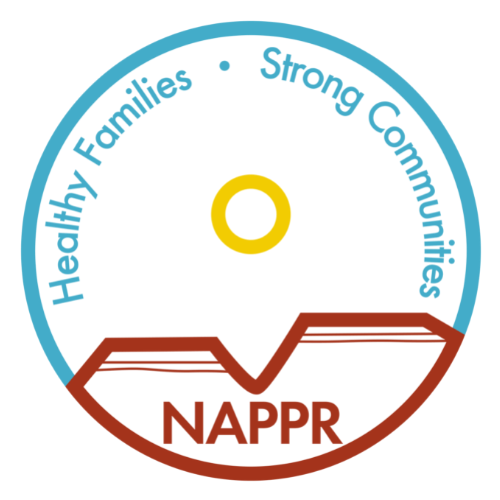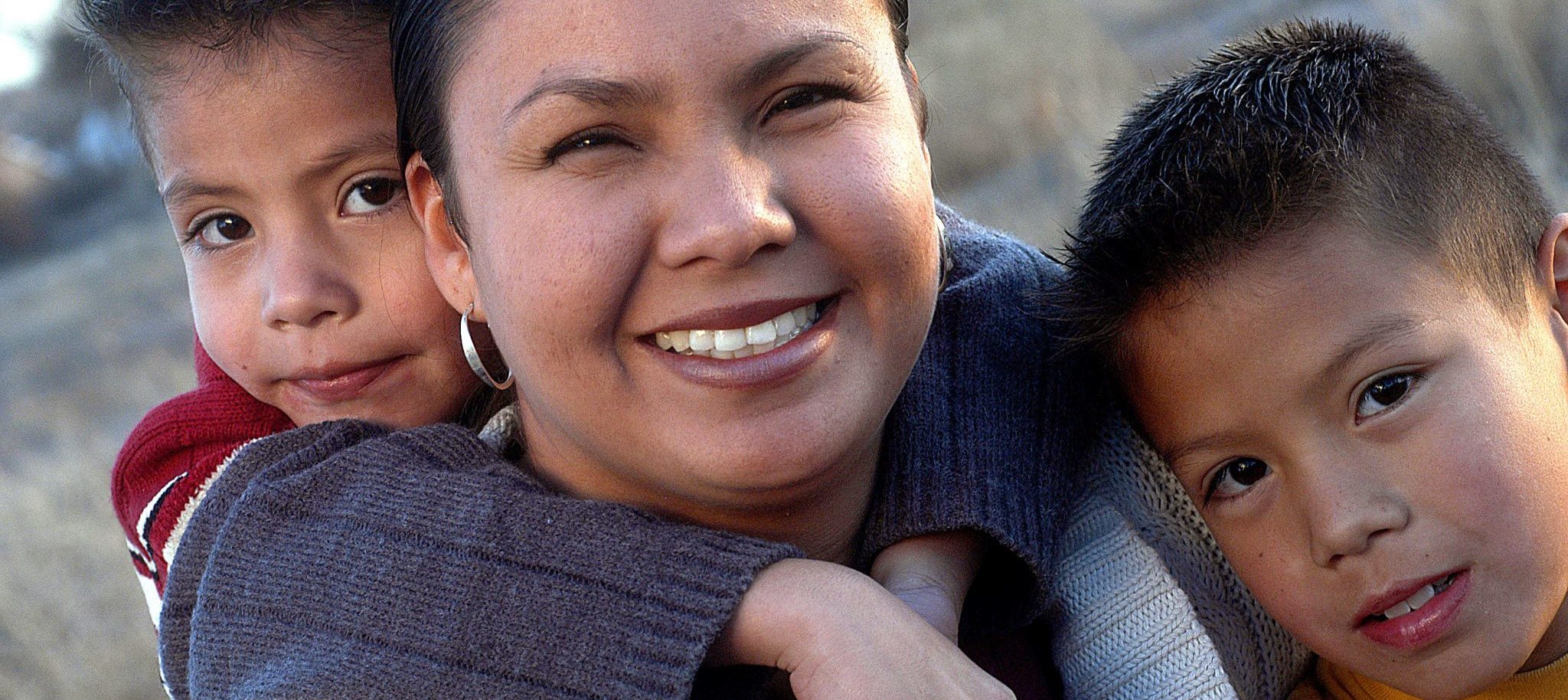NAPPR TRIBAL HOME VISITING PROGRAM PUBLISHES PROGRAM METHODOLOGY IN INFANT MENTAL HEALTH JOURNAL
NAPPR one of four tribal case studies describing adapting programs to fit cultural and community needs for successful parenting programs in tribal communities
NAPPR’s Tribal Home Visiting program was one of four case studies detailed in the article, Cultural Adaptations of Evidence-Based Home-Visitation Models in Tribal Communities, published earlier this year. The Tribal Home Visiting program helps in the development of healthy American Indian and Alaska Native children and families by giving families, particularly those considered at-risk, necessary resources and skills in the family’s home to help raise children who are physically, socially and emotionally healthy and ready to learn.
Few evidence-based home visiting programs exist for tribal people, according to the article, and evidence-based, federally-approved programs for nationwide home visiting programs that exist, such as Parents as Teachers, have not been adapted for use in tribal communities.

NAPPR received its first five-year grant to develop an evidence-based, home visiting model for Native American communities in 2010. From 2010 to 2016, the time period of the study, NAPPR created a steering committee of tribal members, service providers and community stakeholders made up of multiple tribes and languages in four counties, Bernalillo, Cibola, Sandoval and Valencia. The steering committee wanted a program that would support families of mix-heritage and multiple tribal backgrounds and selected the Parents as Teachers model, a program that focuses on parenting and relationship building, and altered the model to include Native community traditions and values.
During the study with input from families and community stakeholders, NAPPR created nine activities for its new tribal home visiting program, which was adapted from the Parents as Teachers curriculum. The activities included healthy eating,child bonding, language development and other teachings focused on tradition and customs, including creating materials that describe traditional Native food preparation, traditional swaddling, wrapping or cradleboard use, and indigenous storytelling, song and language.
“Through this process, we influenced participants’ and home visitors’ motivation to teach these types of activities in the home,” said Rebecca Riley, NAPPR Tribal Home Visiting Program Director. “From our focus groups, we discovered that families wanted to teach or continue to teach their children with these traditional teachings and values.”
NAPPR’s Tribal Home Visiting program was funded through the U.S. Department of Health and Human Service’s Tribal Maternal, Infant and Early Childhood Home Visiting Grant (MIECHV) program. In the spring of 2018, it was extended for another five years.
NAPPR was one of four programs receiving tribal MIECHV and featured in the Infant Mental Health Journal. The Ina Maka Family Program in Washington, the Katishtya Eh-Wahs Valued Always or KEVA Program in the Pueblo of San Felipe, N.M., and the SouthCentral Foundation Nutaqsiivik/Nurse-Family Partnership Program in Anchorage also received tribal MIECHV funding.
More research is needed to improve measurement of home visiting outcomes in tribal and urban American Indian and Alaska Native settings, develop grounded-home visiting interventions, and assess the effectiveness of home visiting in tribal communities, according to the article.
For more information about NAPPR’s Tribal Home Visiting program, go to www.nappr.org/tribal-home-visiting-program/



